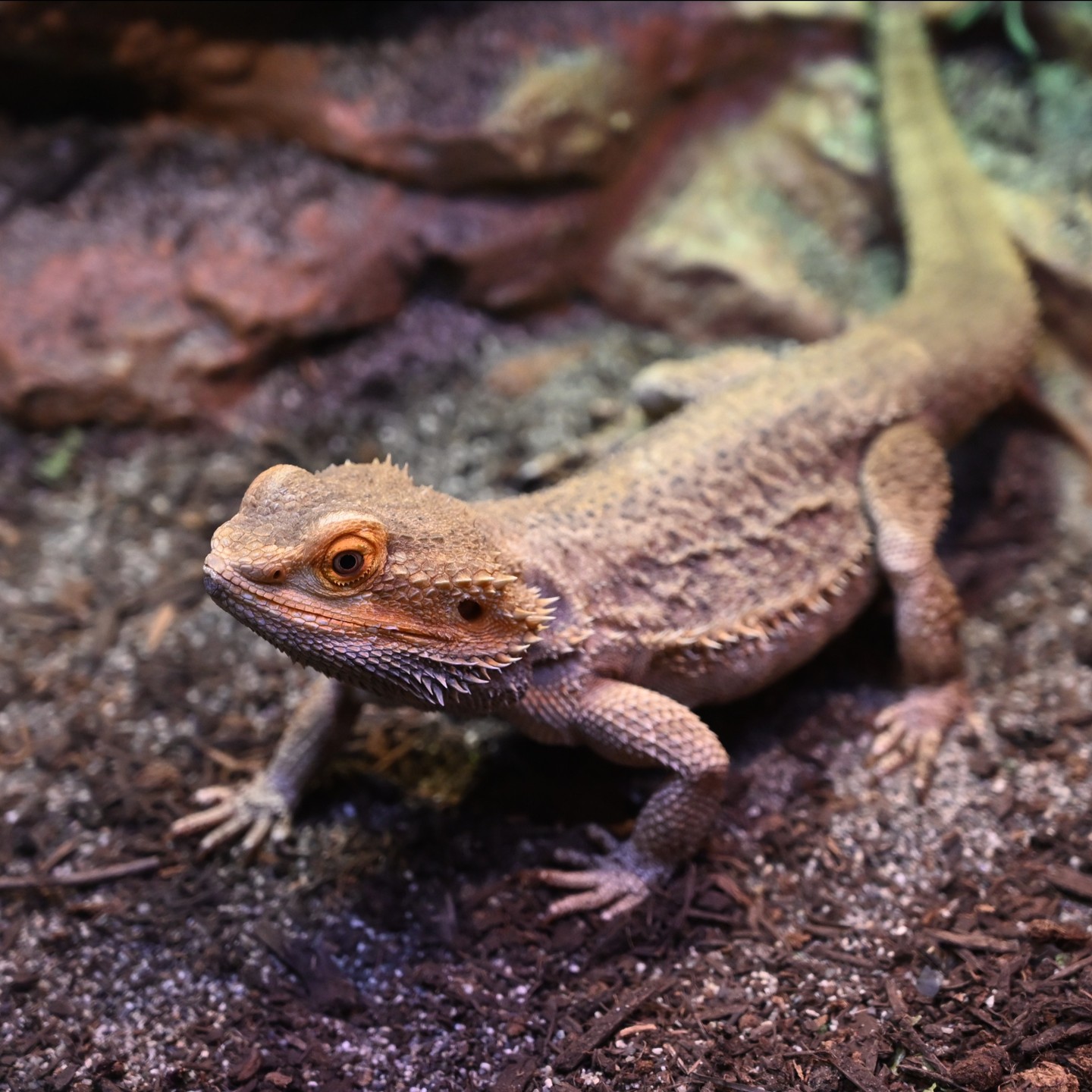- Overview of the bearded dragon’s distinct "beard" and its role in defense.
- The physiological mechanisms that enable a bearded dragon to puff and darken its beard.
- Behavioral significance of the beard in social interactions and predator deterrence.
- Habitat, diet, and ecological role of bearded dragons in their natural environment.
- Conservation efforts and the impact of human activities on bearded dragon populations.
The bearded dragon, a reptile often celebrated for its distinct appearance, possesses a noteworthy feature: the "beard." This beard, located on the underside of the throat, can be puffed out and darkened. This adaptation allows the lizard to appear larger, serving as an effective deterrent to potential predators. This article delves into the scientific and ecological aspects of this fascinating feature.
The beard of a bearded dragon functions as an essential tool for defense and communication. When threatened or agitated, the beard expands and turns a darker hue due to the contraction of specific throat muscles and melanin dispersion. These physiological changes are controlled by the dragon’s nervous system, which quickly responds to threats. Hormonal responses, particularly adrenaline, also play a pivotal role in this transformation. The process is a testament to the evolutionary adaptations that these reptiles have developed for survival in the wild.
Understanding the behavioral significance of the beard provides insight into the complex social interactions of bearded dragons. The beard is not solely a tool for warding off predators but also plays a critical role in social situations. For instance, males often display their beards during mating rituals or territorial disputes, signaling dominance or submission. Females may also use this display to assert themselves or communicate with prospective mates. This dynamic use of the beard underscores its importance in the social structure of bearded dragons.
The natural habitat of bearded dragons spans arid and semi-arid regions, such as deserts and woodlands. These environments have shaped their behavior and adaptations. Their diet consists primarily of insects, small vertebrates, and various plant materials. This omnivorous diet helps maintain ecological balance by controlling insect populations and dispersing seeds. The bearded dragon’s role in its ecosystem is multifaceted, highlighting its importance in biodiversity conservation.
Despite their resilience, bearded dragons face numerous challenges due to human activities. Habitat destruction, climate change, and illegal pet trade threaten their populations. Conservation initiatives aim to mitigate these impacts through habitat preservation, legislation, and education. Public awareness and community involvement are crucial in supporting these efforts. By understanding the ecological role and adaptive features of bearded dragons, we can better appreciate the need for their conservation.
The bearded dragon’s beard is more than just a physical trait; it exemplifies a complex interplay of physiology, behavior, and ecological significance. This composite of features makes the bearded dragon a valuable subject for further study, emphasizing the importance of preserving its natural habitat and supporting global conservation efforts. Through continued research and active stewardship, we can secure a future for these reptiles and their ecosystems.
*****
Source Description
The “beard” of a bearded dragon refers to the underside of its throat, which it can puff out and darken, giving it a larger and intimidating appearance that it can use to dissuade would-be predators!


